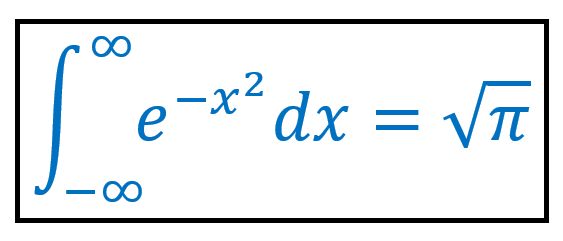


MathML and OMML User Selection Attributes

Displaying Enlarged Images in Popup Window

RichEditD2D Window Controls

MathML mfenced element deprecated on web

How I got into technical word processing

Unicode Math Calligraphic Alphabets

Math in Office 2006—2019 Listing


 Light
Light Dark
Dark